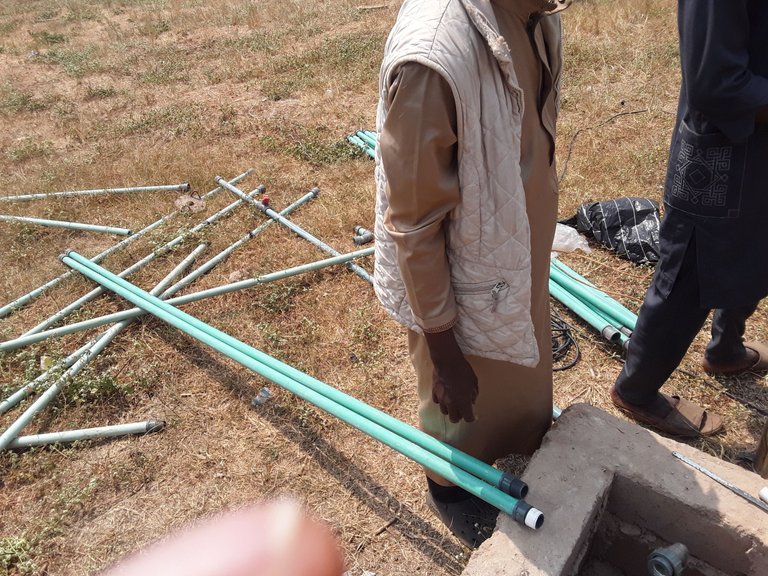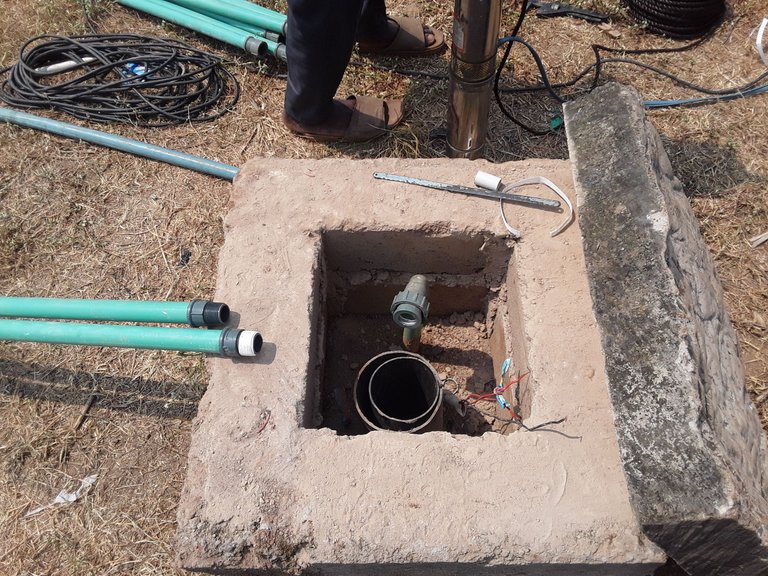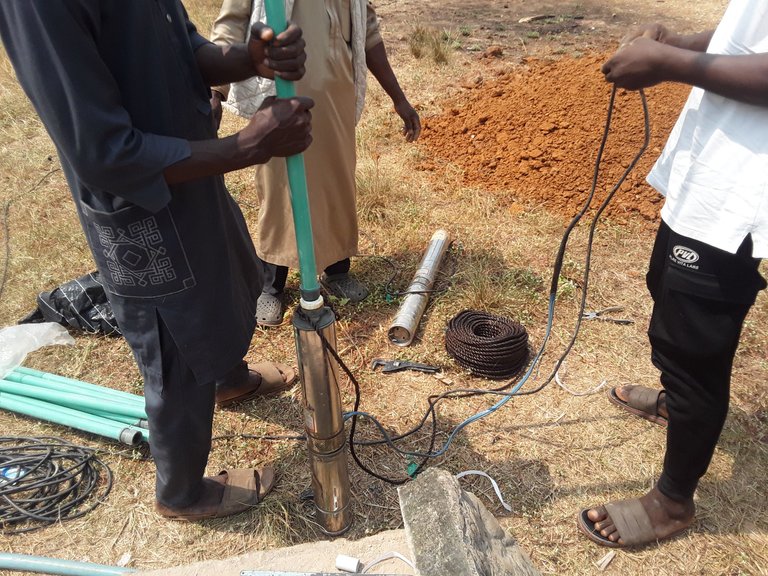Prospecting for water
The indispensability of water to life is indisputable. In this part of the world where individual households and organizations are responsible for their water, dry seasons are usually challenging. This is in part due to the absence of rain (and hence, an alternate water source), and in part due to a lower soil water table. When you combine this with the relatively higher temperature that is characteristic of the dry season as compared to the rainy season, you will understand the chaos that water usually creates during dry seasons.
You have two options as a homeowner around here as far as water is concerned - borehole or well. Boreholes are dug mechanically using machines and come at an expensive price while wells are manually dug and are significantly cheaper. The difference is that boreholes guarantee you more water as compared to wells, especially during dry seasons, like the one we are currently in. Thus, depending on how big a household or organization is, wells may not suffice as their water source.

In my own house, we depend on a well for our water and we usually suffer a bit during dry seasons. It would have been a different story with a borehole. However, water can still be accessed manually from wells even if there's a problem with pumping machine supply, unlike boreholes. In other words, once boreholes develop problems, it has to be fixed immediately for people to get continued uninterrupted access to water or an alternate water source provided.
This was the problem we encountered in our school recently. The pumping machine in the borehole developed a fault. This created chaos within the school, where over 70 people inhabit. Fixing the problem requires the presence of two technicians - an electrician and a plumber. We were able to get these technicians after about 24 hours and it took us almost another 72 hours before getting the problem fixed.

First, we need to bring out the pumping machine, a task that requires utmost care and expertise, and then fix another one. While bringing out the machine, it got stuck midway. We had to leave it for those who specialize in removing stuck pumping machines from boreholes, otherwise, the whole borehole might be rendered useless with a slight mistake. It took a bit of time because the specialist had to come from another town.

Some mistakes that were made during the initial installation of the machine were corrected. The rope that was used to suspend the machine was too tiny (and the main reason the machine got stuck was that we couldn't tug at the rope too much). Thus, we replaced it with a stronger and thicker rope. Also, light pipes were used for the conduction of water from the borehole to the reservoir tanks via the pumping machine. The pipes were also replaced with thick ones.

The time spent fixing the borehole taught us a big lesson. There is a need for backups. Since sinking another borehole as a backup will be capital-intensive, we decided to opt for a manually dug well. At least, there won't be too much suffering for water in case the borehole develops issues. The well will serve in the short term.
Thanks for your contribution to the STEMsocial community. Feel free to join us on discord to get to know the rest of us!
Please consider delegating to the @stemsocial account (85% of the curation rewards are returned).
You may also include @stemsocial as a beneficiary of the rewards of this post to get a stronger support.